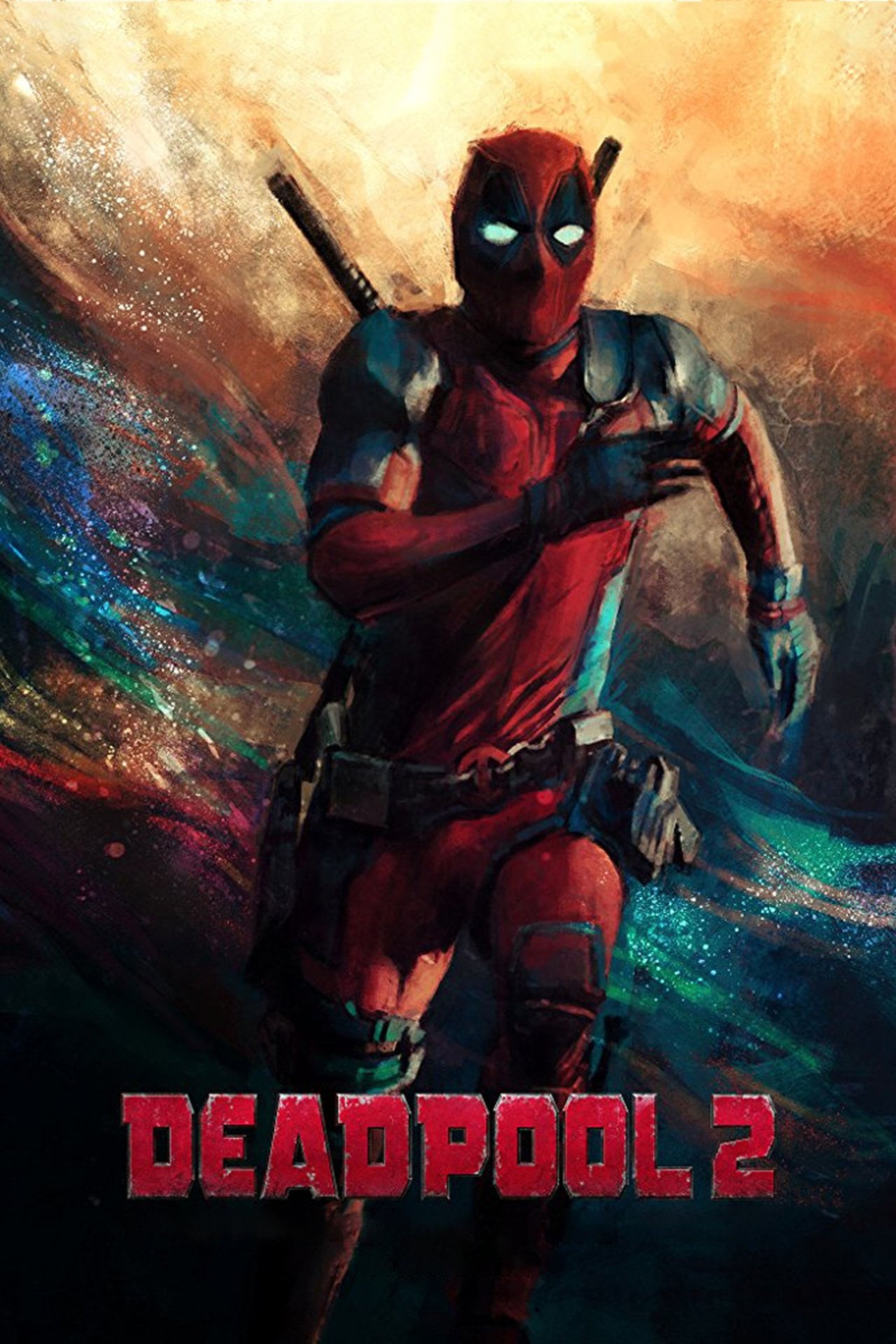
The film also boasts plenty of gore, with gnarly action sequences that only exploitation-styled cinema can provide. “I’m gonna sleep in your bloody carcasses tonight!” This duo of armor-clad killers is implied to have killed both Jesus Christ and Abraham Lincoln on previous missions, and I’m still bummed that they never spawned official action figures. Nick Bateman, Gregory Smith and Brian Downey also make for entertaining Troma-like villains as the sadistic criminal family that runs the town, though horror hounds will most likely fall in love with the demonic hitmen Rip and Grinder, collectively known as The Plague. The Hobo’s final monologue before the flick’s climactic showdown remains one of the late actor’s finest moments, masterfully blending the script’s dark humor with completely serious line delivery that would have been nominated for awards had it taken place in another kind of movie. Not only does he fully commit to the gruesome action sequences, but he also delivers one of the most memorable performances of his career as a surly vagrant with a heart of gold, slowly driven mad by the evil that surrounds him.

Of course, Rutger Hauer is what really makes the film tick, providing genuine heart in what was meant to be a simple satire of the exploitation movement. However, unlike most Troma movies, Hobo with a Shotgun is so well-directed and well-performed that a lot of the over-the-top cruelty comes across as genuinely horrific rather than funny, which is both a blessing and a curse. In fact, Hauer’s Hobo is actively punished by the police for attempting to save a prostitute from death at the hands of a local gangster, and the antagonists have no qualms about burning schoolchildren alive in order to prove a point. Other than that, the film is a pretty faithful adaptation of the source material, retaining most of the absurdly violent scenarios and one-liners as it tells the story of a down-on-his-luck drifter who just wants to do the right thing.įrom homeless fight clubs to a child-molesting Santa-Claus, the film borrows a page from Toxic Avenger‘s Tromaville in its depiction of Hope Town as a comically exaggerated dystopia where half the population appears to have been replaced by sociopaths. “At least he’s only killing the dirty cops.” – “We’re all dirty cops!”Ĭoncerned about the pressures of leading a feature film, the star of the original trailer (David Brunt) resigned himself to a simple cameo, leading the filmmakers to bring in the legendary Rutger Hauer to take over the titular role. The trailer’s proposed story of a homeless vigilante cleaning up the streets of a town overrun by crime and corruption would have been right at home in the era of Pam Grier and Russell Albion Meyer, so the filmmakers decided to adapt the idea into a feature-length production. Prominent creators like Edgar Wright, Eli Roth and even Rob Zombie ended up chipping in with absurdly entertaining teasers, but it was only Rodriguez’s Machete and Eisener’s Hobo with a Shotgun that made the leap from fake trailer to real movie.Įisner’s trailer was actually the winner of a contest hosted by Rodriguez and South by Southwest as a part of Grindhouse‘s marketing campaign, but it soon became clear that this low-budget homage to the gritty thrillers of the 70s could easily stand on its own as a real exploitation film. Intending for their double-feature to act as a love-letter to sleazy exploitation flicks, the directors also encouraged other filmmakers to contribute to the project with fake movie trailers. While this retro gem came out in 2011, the story behind the film begins a few years earlier, back when Robert Rodriguez and Quentin Tarantino teamed up to make Grindhouse. Ten years ago, Jason Eisener gave us one of these rare movies with Hobo with a Shotgun, and I’d like to talk about how it’s the best Faux-Grindhouse flick out there. Of course, there are exceptions to every rule, and every now and then we’re treated to a film that truly understands the material it’s based on and provides us with genuine old-fashioned thrills.

Multi-media empires have been built on filmmakers revamping the entertainment of their youth for new audiences, but it’s extremely difficult for modern productions to capture the spirit of older movies without turning into exaggerated parodies.

Nostalgia is a curious thing, especially when it comes to film.


 0 kommentar(er)
0 kommentar(er)
